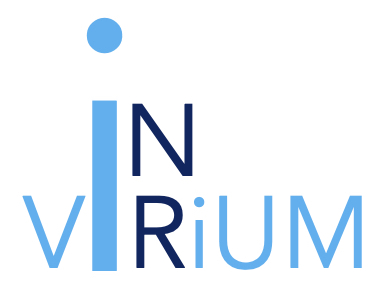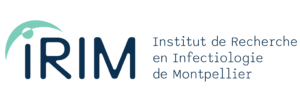2 Postdoctorants sur l’immunité innée et les virus respiratoires pour travailler sur le projet InVIRium financé par l’ERC et dirigé par Caroline Goujon


L’équipe Interféron et Restriction Antivirale, dirigée par Caroline Goujon, recrute 2 postdoctorants sur l’immunité innée et les virus respiratoires pour travailler sur le projet InVIRium financé par l’ERC, pour une durée de 4 et 5 ans, respectivement :
– 1 post-doctorant avec une forte expertise dans les domaines de l’immunité innée et des virus respiratoires (expérience en laboratoire BSL-3 et avec des virus respiratoires requise). Une expérience des cultures 3D d’épithéliums primaires des voies respiratoires serait un atout majeur.
– 1 post-doctorant ayant des compétences en bioinformatique (analyses scRNA-seq et NGS) et en expérimentation en ‘wet lab’, avec une expertise en virologie moléculaire.
Le projet InVIRium vise à comprendre les relations entre les virus respiratoires et leurs cellules hôtes, en utilisant des modèles très pertinents d’épithéliums des voies respiratoires cultivés à l’interface air-liquide, avec un accent particulier sur les virus respiratoires (coronavirus, virus de la grippe et virus respiratoire syncytial) et sur la restriction antivirale induite par l’interféron.
Les 2 postes seront disponibles à partir du début de l’année 2024. Les candidats doivent envoyer leur candidature, leur CV et les coordonnées d’au moins 2 personnes de référence à Caroline Goujon.
